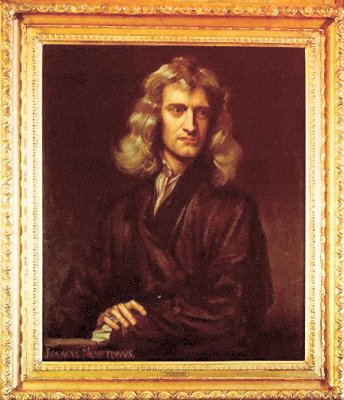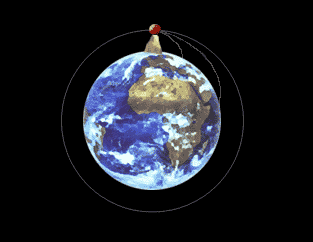What Is Gravity?
Have you ever wondered why you always fall back to the ground with a bump, no matter how high you jump? People were asking the same question 340 years ago. Then a British scientist named Isaac Newton discovered the force of gravity.
128125 The story tells how Isaac was in his garden when an apple fell on his head. While he was rubbing his bruise, he began to wonder why the apple had struck him and not shot upwards instead.
Newton came up with the idea that some unseen force must attract the apple towards the Earth. He named this force “gravity” - from the Latin word “gravitas”, meaning “weight”.
Newton realised that every object in the Universe attracts every other object in the Universe. Even an apple tugs slightly at everything around it.
It is gravity that holds the Moon in orbit around the Earth, and gravity that enables the Sun to hold onto its family of planets. The pull of the Sun and Moon also causes Earth’s ocean tides.
However, the strength of gravity depends on the size and density of an object – what scientists call its “mass”. The tiny apple’s gravity is too weak to overcome the attraction of the huge Earth, so it falls towards the centre of the planet.
Gravity’s pull by an object decreases with distance from it. A climber on top of Mt. Everest weighs a little less than at sea level. If a spaceship travels far enough from Earth, it will eventually escape the planet’s pull completely.
Last modified 28 October 2025






